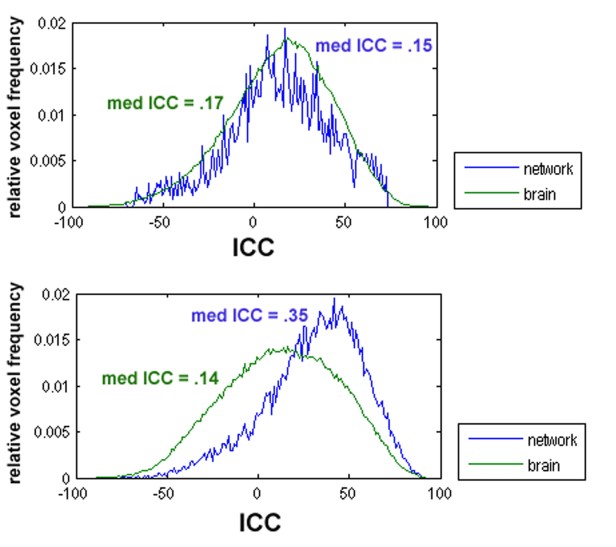The impact of dopamine on aggression: an [18F]-FDOPA PET Study in healthy males
Abstract Cerebral dopamine (DA) transmission is thought to be an important modulator for the development and occurrence of aggressive behavior. However, the link between aggression and DA transmission in humans has not been investigated using molecular imaging and standardized behavioral tasks. We investigated aggression as a function of DA transmission in a group of (N […]
The impact of dopamine on aggression: an [18F]-FDOPA PET Study in healthy males Read More »





